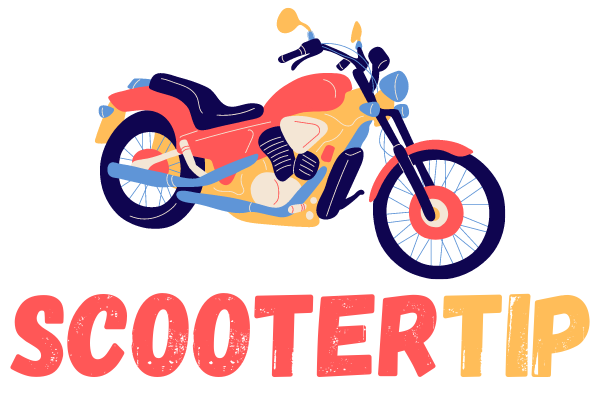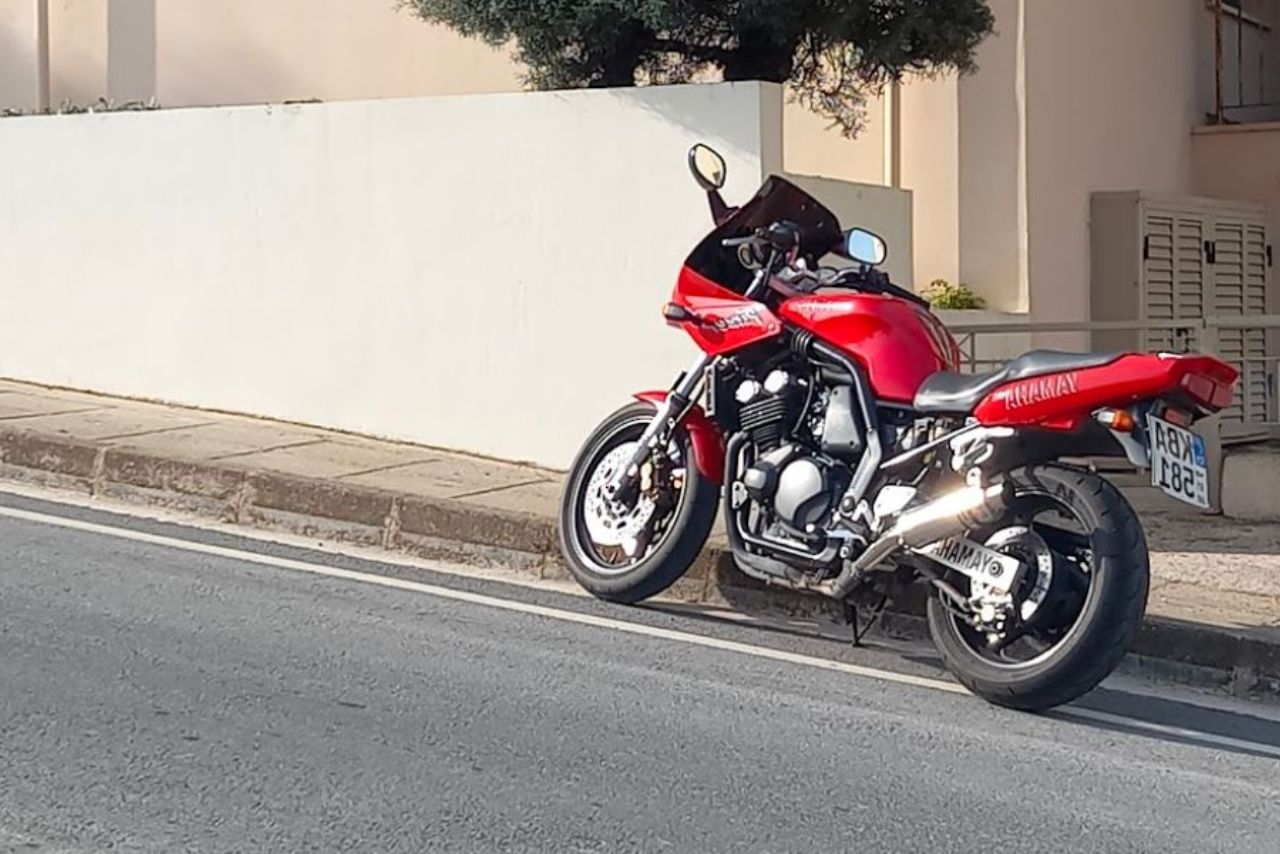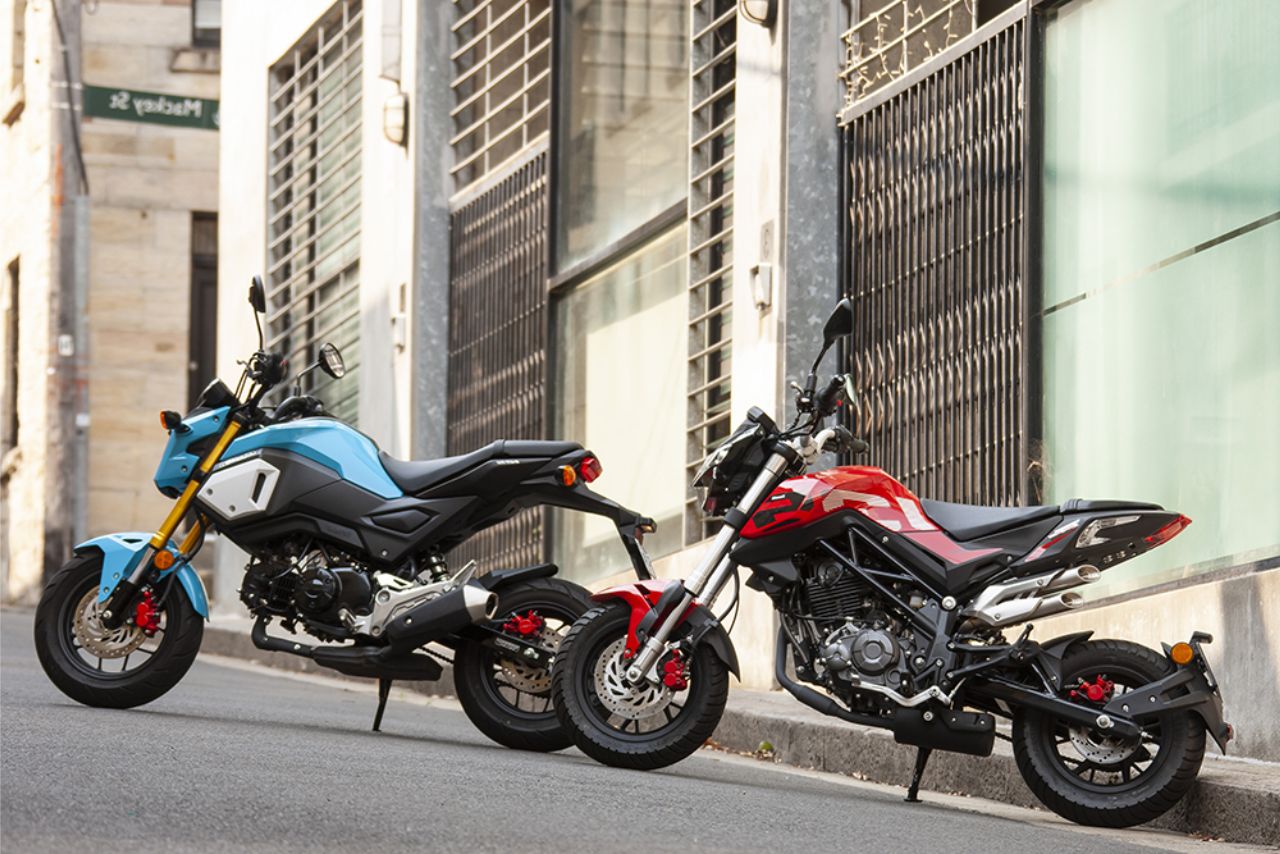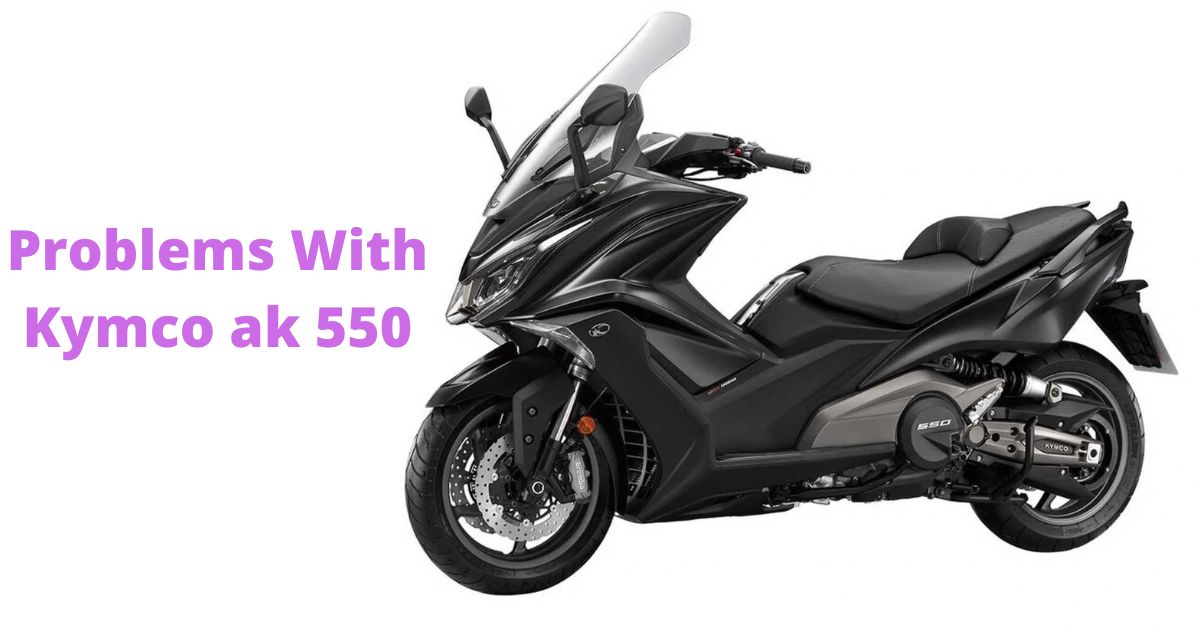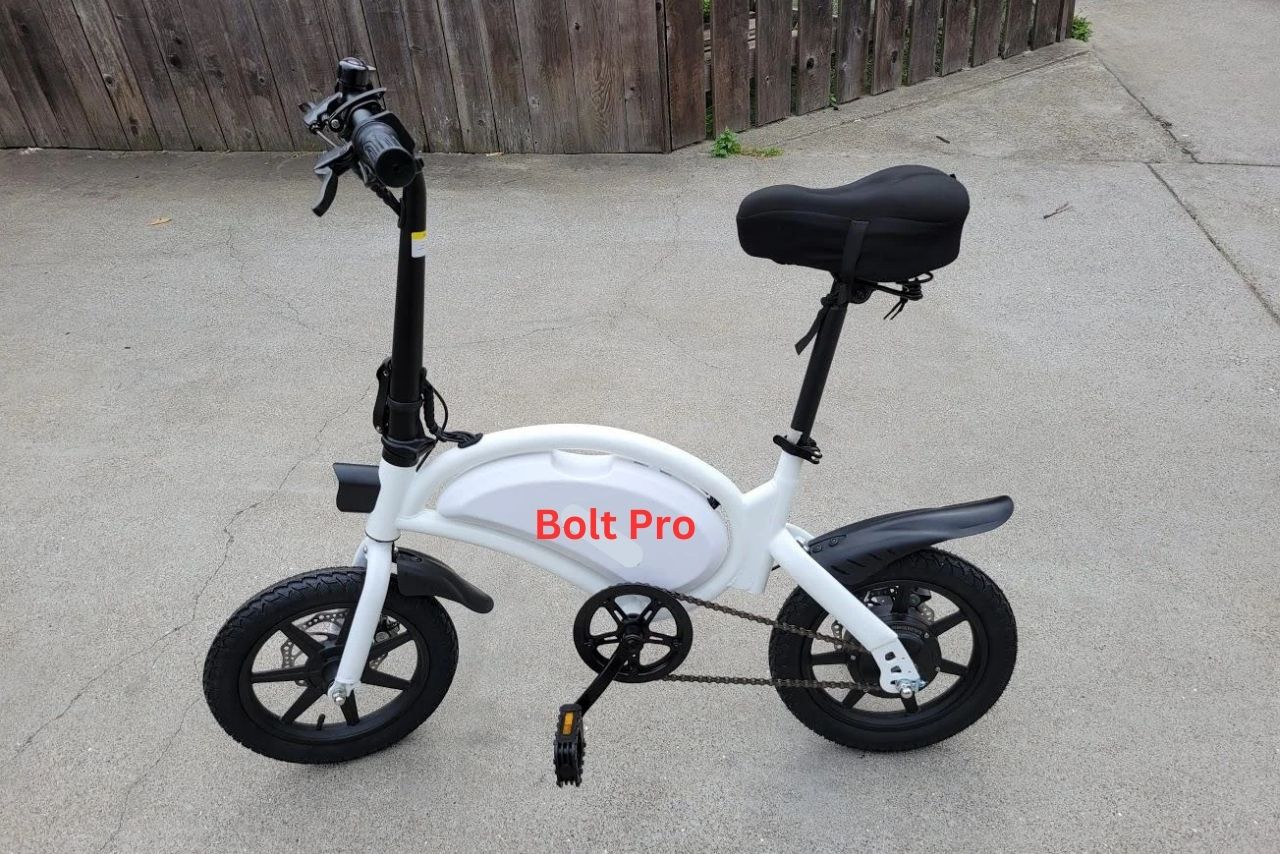Parking a motorcycle on a slope can be a challenging task, but with the right techniques and precautions, you can ensure that your bike remains secure and stable.
Whether you’re parking on a steep incline or a gentle slope, it’s important to assess the conditions and approach the situation with caution.
By following a few simple steps, you can confidently park your motorcycle without the fear of it rolling away or tipping over. So, How To Park A Motorcycle On A Slope?
First, take a moment to assess the slope and surface conditions. Look for any loose gravel or uneven terrain that could affect the stability of your bike.
Approach the slope slowly and steadily, maintaining control of your motorcycle at all times. Once you’ve reached your desired parking spot, position your bike correctly, ensuring that it is parallel to the slope and facing uphill. Engage the brakes to prevent any unwanted movement.
To provide additional support, consider using a motorcycle stand or support. This will help to keep your bike upright and prevent it from rolling downhill.
Lastly, secure your motorcycle by using any additional safety measures, such as a lock or wheel chock.
Key Takeaways
- Assess the slope and surface conditions before parking.
- Position the motorcycle parallel to the slope and facing uphill.
- Engage the brakes to prevent unwanted movement.
- Consider using a motorcycle stand or support for additional stability.
How To Park A Motorcycle On A Slope? Simple Steps!
Here are some additional tips:
- If you are parking on a busy street, you may want to consider parking in a designated motorcycle parking spot. These spots are usually marked with a motorcycle symbol.
- If you are parking in a public parking lot, make sure to park in a spot that is designated for motorcycles. These spots are usually smaller than car spots and are located near the entrance or exit of the lot.
- If you are parking your bike for an extended period of time, you may want to consider covering it with a tarp or blanket. This will help protect it from the elements and from theft.
Here are some tips for parking a motorcycle on a slope:
- Avoid parking your motorcycle on a steep slope. If you must park on a steep slope, try to find a spot that is level or slightly angled uphill.
- Make sure that your kickstand is fully extended and that your bike is stable before you leave it.
- If you are parking your bike for an extended period of time, you may want to consider chocking the wheels. This will help prevent your bike from rolling away.
- If you are parking your bike in a public place, you may want to consider using a security chain or lock. This will help prevent your bike from being stolen.
Here are the steps on how to park a motorcycle on a slope.
1. Assess the Slope and Surface Conditions

Before you start parking your motorcycle on a slope, take a moment to assess the slope and surface conditions. This step is crucial to ensure your safety and the stability of your motorcycle.
Begin by assessing the incline of the slope. Is it steep or gradual? This will determine the level of difficulty you may encounter when parking.
Next, determine the surface stability. Is the ground soft or firm? Look for any loose gravel, sand, or debris that could cause your motorcycle to slip or lose balance. Take note of any potholes or uneven surfaces that could potentially pose a danger.
By thoroughly assessing the slope and surface conditions, you can make informed decisions on how to park your motorcycle securely and avoid any unnecessary accidents.
2. Approach the Slope Slowly and Steadily

As you cautiously navigate the incline, you can feel the thrill of conquering the challenge that lies ahead. When approaching a slope on your motorcycle, it’s crucial to maintain an appropriate approach speed.
Going too fast can cause you to lose control and potentially slide down the slope. On the other hand, going too slow can make it difficult to maintain balance and control.
Find the right balance by adjusting your speed based on the steepness of the slope. Additionally, proper body positioning is key to maintaining stability.
Keep your body upright and centered, distributing your weight evenly between the handlebars and foot pegs. This will help you maintain control and prevent your motorcycle from tipping over.
3. Position Your Motorcycle Correctly

Positioning your bike correctly is crucial for maintaining balance and control while conquering challenging inclines. When parking your motorcycle on a slope, follow these parking techniques to ensure a secure and stable position:
- Find a spot with a level surface: Look for an area on the slope where the ground is as flat as possible. This will help prevent your bike from rolling or tipping over.
- Position your bike perpendicular to the slope: Align your motorcycle perpendicular to the incline, with both tires pointing directly up and down the slope. This stance provides optimal stability.
- Engage the parking brake: Activate your motorcycle’s parking brake to further secure it in place. This additional measure will prevent any unintended movement while parked on the slope.
4. Engage the Brakes

Make sure you engage those brakes to keep your ride secure and safe while conquering challenging inclines. When parking your motorcycle on a slope, properly engaging the brakes is crucial to prevent it from rolling or sliding.
Depending on the type of motorcycle, you may have different braking systems such as front and rear disc brakes or a combination of disc and drum brakes.
Be familiar with your motorcycle’s braking system and understand how to effectively engage the brakes.
Here is a table that shows different motorcycle parking techniques based on the type of braking system:
| Braking System | Parking Technique |
|---|---|
| Front Disc | Engage the front brake and leave the motorcycle in gear |
| Rear Disc | Engage the rear brake and leave the motorcycle in gear |
| Combination | Engage both front and rear brakes and leave the motorcycle in gear |
5. Use a Motorcycle Stand or Support

To properly park your motorcycle on a slope, you need to deploy a kickstand or center stand. This will provide stability and prevent your bike from rolling down the hill.
Additionally, utilizing a motorcycle stand or block can further secure your bike’s position and prevent any unwanted movement. Make sure to choose a sturdy and reliable stand or block to ensure the safety of your motorcycle.
Deploy a kickstand or center stand
When parking your motorcycle on a slope, simply deploy the kickstand or center stand and feel the stability it provides. Assessing the stability of your motorcycle on a slope is crucial for ensuring its safety. Choosing the right stand is essential to prevent your motorcycle from tipping over. Here is a table that compares the kickstand and center stand:
| Kickstand | Center Stand |
|---|---|
| Attached to the frame | Attached to the engine or frame |
| Easy to deploy | Requires more effort to deploy |
| Provides stability on mild slopes | Provides stability on steeper slopes |
| Suitable for quick stops | Suitable for longer parking periods |
By using the table, you can easily determine which stand is best suited for parking your motorcycle on a slope based on the angle and duration of your stop. Remember to always assess the slope, choose the appropriate stand, and ensure the stand is properly engaged before leaving your motorcycle unattended.
Utilize a motorcycle stand or block
Using a motorcycle stand or block can add an extra layer of convenience and stability to your parking routine. When it comes to motorcycle parking techniques, dealing with slopes can present some challenges. A motorcycle stand or block can help overcome these challenges by providing additional support and preventing your motorcycle from tipping over.
Whether you’re parking on an incline or decline, a stand or block can help keep your motorcycle upright and secure. Make sure to position the stand or block on the lower side of the slope, ensuring that it’s securely in place. Once the stand or block is in position, carefully park your motorcycle on it, making sure the weight is evenly distributed.
This will help you park your motorcycle safely and with confidence, even on a slope.
6. Secure Your Motorcycle
To secure your motorcycle, make sure to attach a safety strap or bungee cord to prevent it from tipping over. This will provide an extra layer of stability and ensure that your bike stays in place.
Additionally, using a wheel chock or wedge will further enhance the stability of your motorcycle, giving you peace of mind when it’s parked.
Attach a Safety Strap or Bungee Cord
Don’t forget to secure your motorcycle on a slope by attaching a safety strap or bungee cord. This simple step can prevent your bike from rolling down and causing damage or injury. Here are some safety precautions to keep in mind:
- Ensure that the strap or cord is strong and in good condition.
- Attach one end of the strap to a secure anchor point on the motorcycle, such as the frame or handlebars.
- Find a sturdy object nearby, like a tree or post, to anchor the other end of the strap.
- Make sure the strap is taut and secure, without any slack.
- Regularly check the strap during your ride to ensure it remains tightly fastened.
Use a Wheel Chock or Wedge for Added Stability
For added stability, simply place a wheel chock or wedge against the tire to keep it securely in place on an incline.
While a wheel chock is a commonly used tool, there are also alternative options available. One popular alternative is a wedge, which can be easily crafted from a sturdy piece of wood or plastic.
The main benefit of using a wheel chock or wedge is that it prevents the motorcycle from rolling backwards or forwards on a slope, providing an extra layer of security.
This is especially important when parking on steep inclines where the bike’s weight can cause it to shift.
7. Be Mindful of Surroundings
When parking a motorcycle on a slope, always be aware of your surroundings and check for potential hazards or obstacles. Surrounding distractions can easily disrupt your focus and lead to accidents. To maintain balance, follow these important steps:
- Look for any loose gravel or debris that could cause your motorcycle to slip.
- Identify any uneven surfaces or potholes that may affect your stability.
- Take note of any nearby objects, such as trees or poles, that could limit your maneuverability.
Watch Video: How To Park A Motorcycle On A Slope
8. Practice and Gain Confidence
Build up your skills and self-assurance by consistently practicing and embracing new challenges. When it comes to parking a motorcycle on a slope, gaining experience and building skills are crucial.
The more you practice parking on different slopes, the better you will become at handling the bike and maintaining balance.
Start with gentle slopes and gradually progress to steeper ones as you gain confidence. Remember to always assess the slope’s angle and surface conditions before attempting to park.
To help you understand the different techniques used for parking on slopes, refer to the table below:
| Slope Angle | Parking Technique |
|---|---|
| Gentle | Use both feet to stabilize the bike and apply the rear brake. |
| Moderate | Utilize the side stand and keep your body weight centered over the bike. |
| Steep | Park the bike parallel to the slope and engage the front wheel against it. |
By consistently practicing and gaining experience, you will master the art of parking a motorcycle on a slope with confidence and ease.
Frequently Asked Questions
Can I Park My Motorcycle on Any Type of Slope or Should I Avoid Certain Angles?
To ensure safe parking, it is important to consider the slope angle. Avoid parking on steep slopes as it can lead to stability issues.
Familiarize yourself with proper parking techniques to minimize potential dangers and ensure your motorcycle remains secure.
How Do I Determine if The Surface Conditions Are Suitable for Parking My Motorcycle on A Slope?
To determine if the surface conditions are suitable for parking your motorcycle on a slope, assess the parking safety by checking for loose gravel, wet or slippery surfaces, and the angle of the slope.
What Is the Recommended Speed to Approach a Slope when Parking a Motorcycle?
Approach a slope when parking your motorcycle at a recommended speed. Maintain control by reducing your speed gradually while keeping a firm grip on the handlebars. Slowly navigate the slope, ensuring your balance and stability.
Are There Any Specific Hand or Foot Positions that I Should Use when Positioning My Motorcycle on A Slope?
To position your motorcycle on a slope, maintain a firm grip on the handlebars with your hands positioned slightly wider than shoulder-width apart.
Place your feet firmly on the ground, ensuring that your toes are pointing forward for stability.
Is It Necessary to Engage Both the Front and Rear Brakes when Parking a Motorcycle on A Slope?
When parking a motorcycle on a slope, it is not necessary to engage both the front and rear brakes.
Instead, it is more beneficial to use a kickstand to keep the bike stable.
To properly use a kickstand on a slope, position it on the higher side of the slope for better support.
Summary: How To Park A Motorcycle On A Slope?
Parking a motorcycle on a slope can be a challenging task, but with the right approach and practice, it can be done safely and effectively.
By assessing the slope and surface conditions and positioning your motorcycle correctly, you can ensure stability.
Engaging the brakes, using a motorcycle stand or support, and securing your motorcycle further enhance its stability.
Being mindful of your surroundings and practicing regularly will help you gain confidence in parking on slopes.
Remember, safety should always be your top priority when parking your motorcycle.
